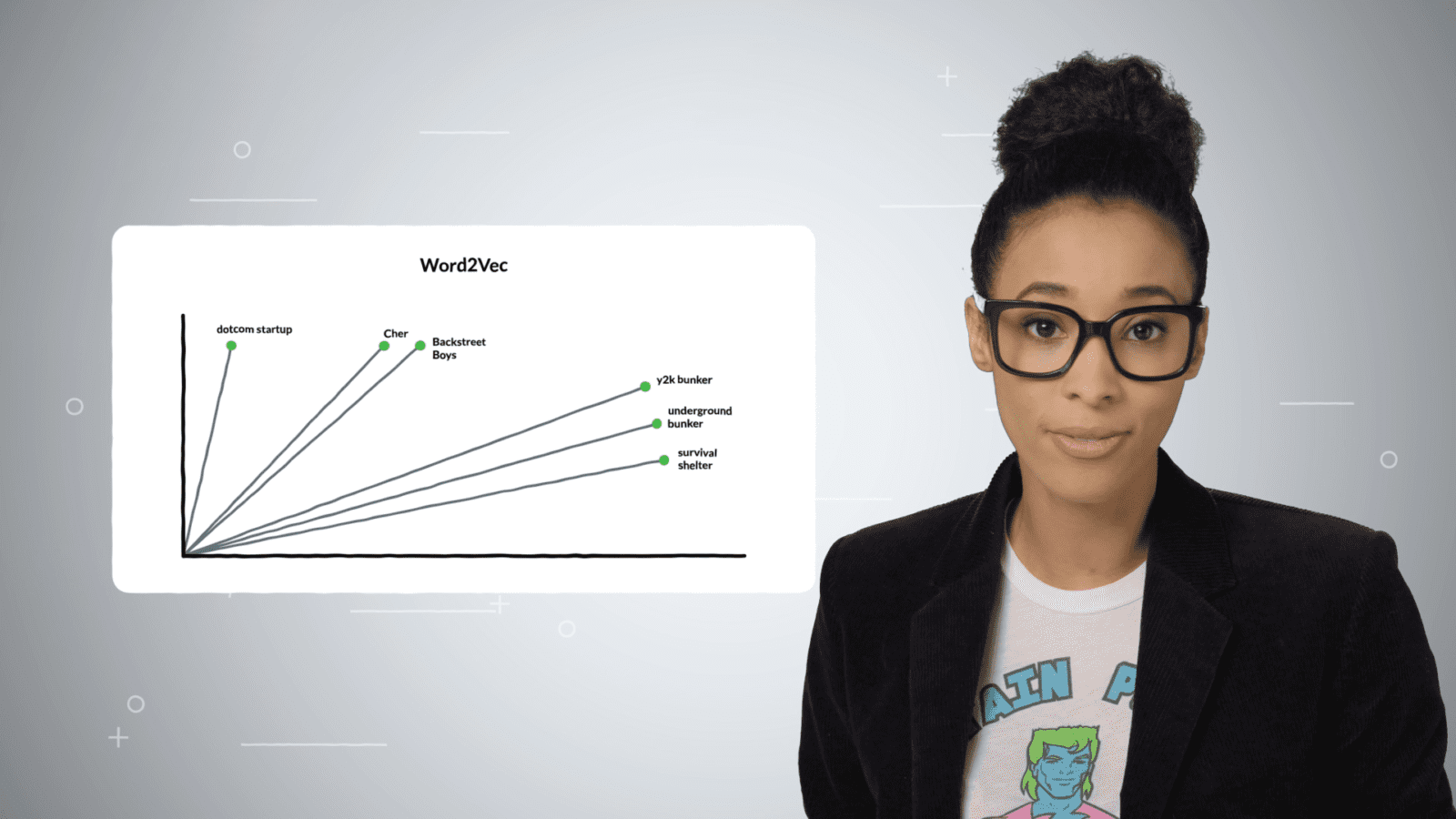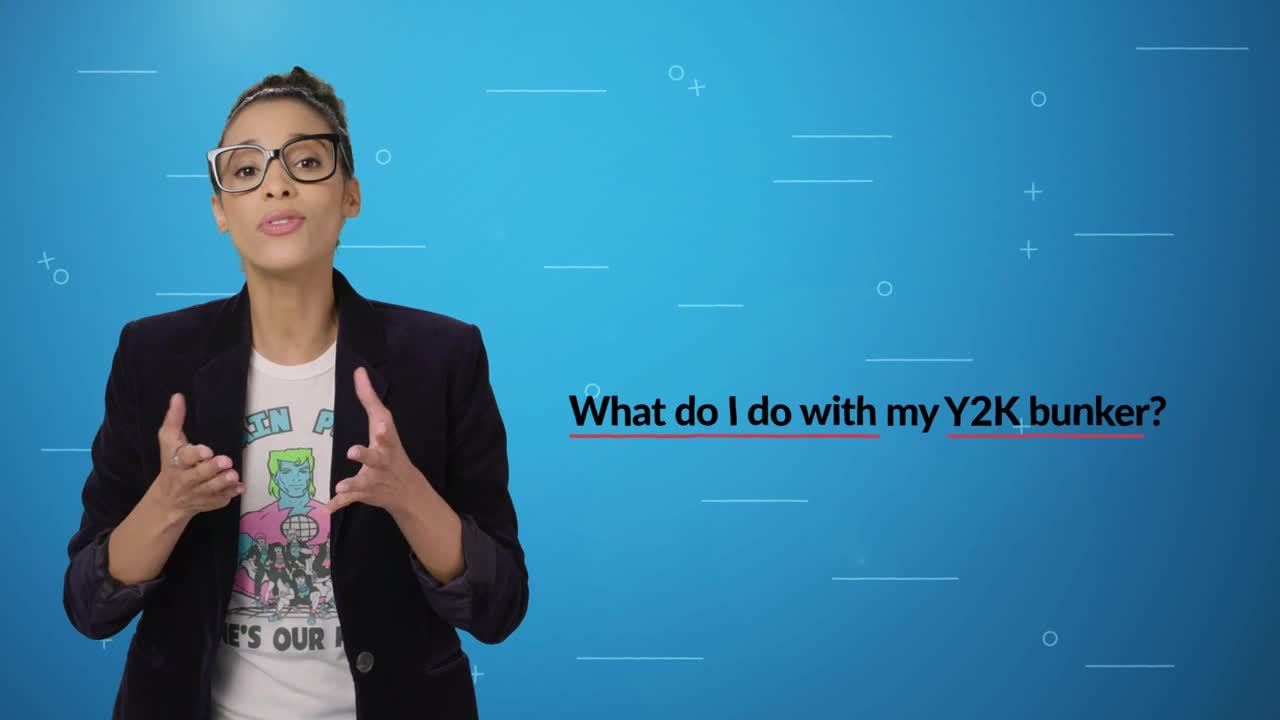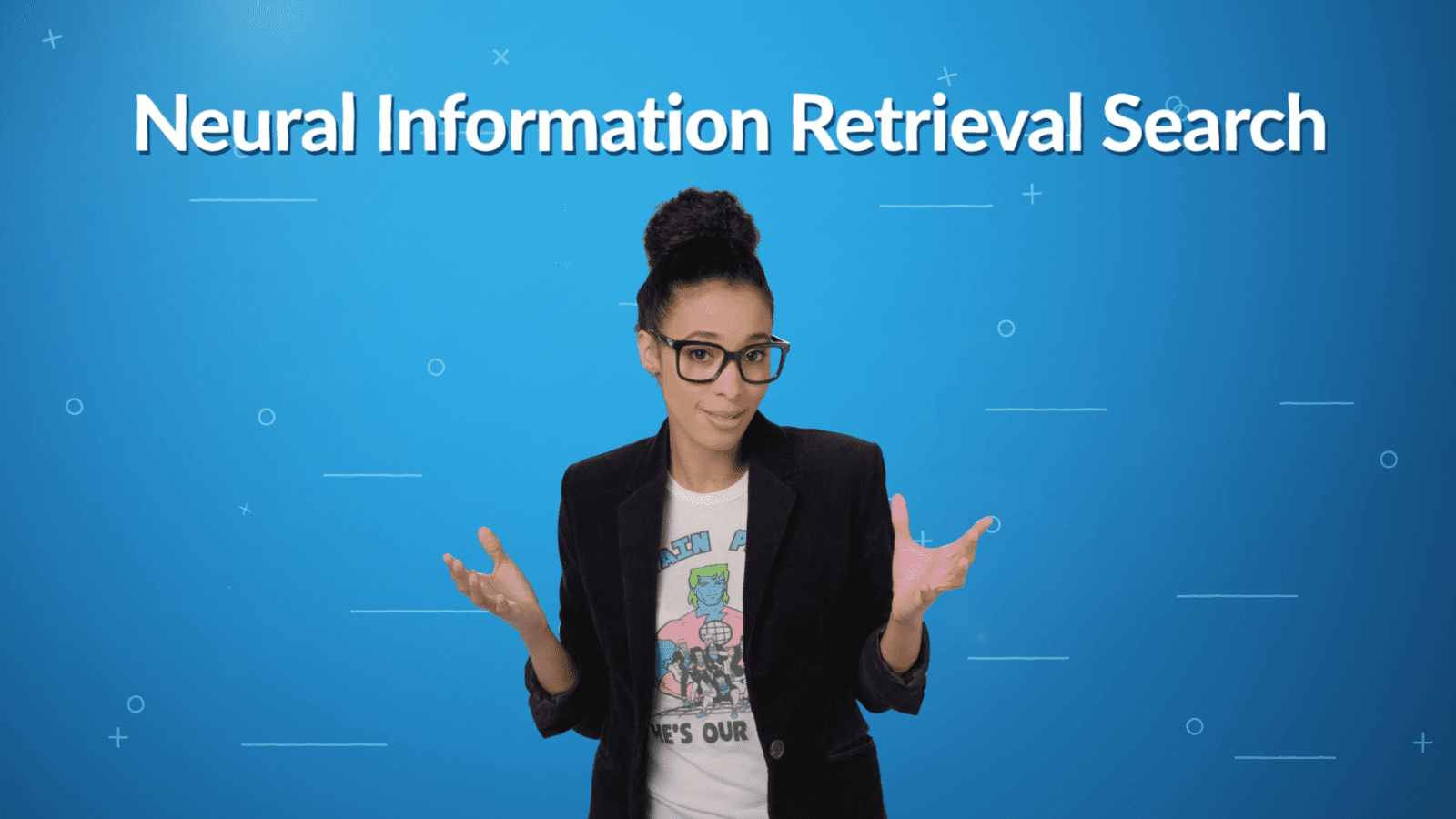What You Should Know About Neural IR Search
How neural information retrieval search uses deep neural networks to improve precision and relevance for searching large scale data sets.

Our season two premiere of Lucid Thoughts looked at the difference between NLP and NLU, then episode two we took a dive into the Learning to Rank algorithm. This week, we’re tackling the concept of neural information retrieval search, or neural IR search for short. Just press play:

Neural IR search uses machine learning techniques and deep learning algorithms to help search systems discern the context and intent of a search query. Simple keyword search still has its time and place. But, this advanced approach using deep neural networks is the path forward for greater precision for searching large scale data sets like research papers and legal documents.

Some basic neural IR methods uses signal data and other user behavior to determine which part of a phrase or sentence is the most important in a collection of raw text documents. Finding synonyms is also an essential way the machine can learn to associate particular words together when they are used in a common fashion.

Techniques like the Word2Vec ranking model turns sentences and phrases into vectors, or lines on a graph, using trigonometry to determine the distance between specific words and phrases. The closer two phrases are in context, the more likely they point to what the user is searching for.
You can binge-watch all of season two or jump on back to watch season one.
Subscribe to the Lucid Thoughts channel and be sure to leave your questions and comments on each video.
LEARN MORE
Contact us today to learn how Lucidworks can help your team create powerful search and discovery applications for your customers and employees.